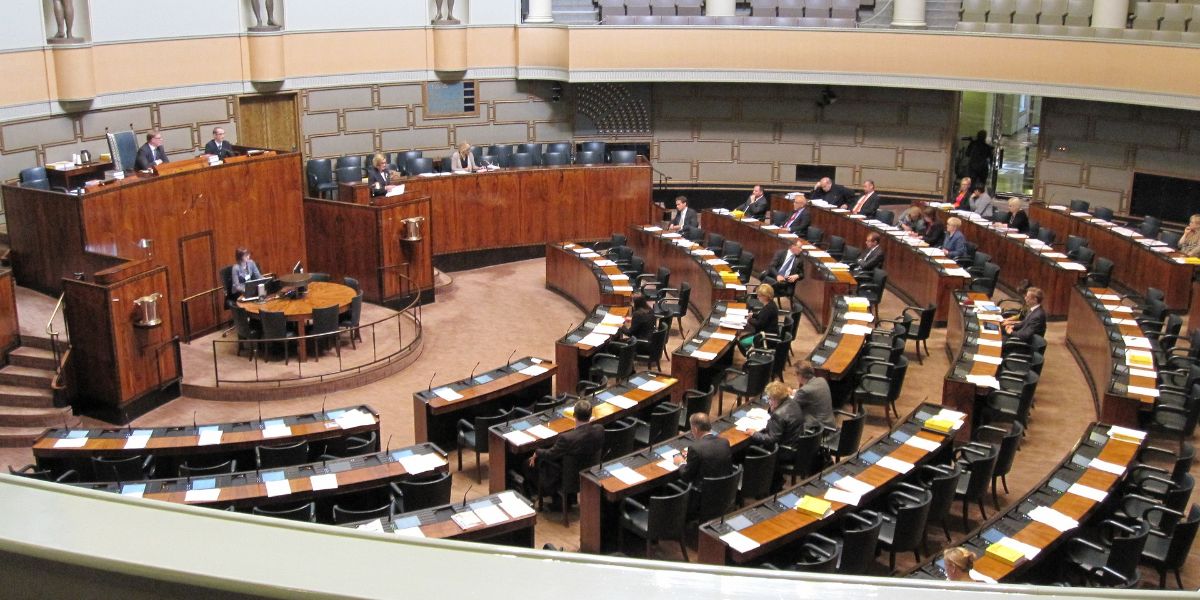On 23 February 2016 the IMF published a technical assistance report on the analysis of the value added tax (VAT) gap in Finland. The estimates of the VAT gap in Finland were made by the IMF for the years 2008 to 2014 under the Revenue Administration Gap program (RA-GAP).
The RA-GAP methodology uses two main components for estimating the VAT gap, which are an estimate of the potential VAT collections for a given period and a determination of the accrued VAT collections for that period. The RA-GAP methodology uses a top-down approach to estimate the potential VAT base, by looking at statistical data from the VAT generated in each sector of the economy and building up the total accrued VAT collections from the tax record data.
One of the IMF’s main purposes was to estimate the VAT compliance gap in Finland. The VAT compliance gap is defined as the gap between the VAT that could potentially be collected given the current policy framework and the actual VAT revenue collected.
The analysis found that the VAT compliance gap in Finland for 2008 to 2014 was less than 10% of the estimated potential which amounts to less than 1% of GDP. These results indicate that there is a high level of VAT compliance in Finland. The results show that the VAT compliance gap fell from around 0.7% of GDP in 2008 to less than 0.5% of GDP in 2014 so VAT compliance has been improving over this period.
The VAT compliance gap in Finland is distributed over a number of different sectors with no particular area of strong concentration. The areas showing the highest levels of non-compliance relatively speaking are the construction sector and the professional services sector. The improvements in VAT compliance between 2008 and 2010 were in the agricultural, forestry, fishing and extractive sectors and in the finance, insurance and real estate sector.
There are other measures of the VAT gap that can be determined using different methods, including the VAT policy gap. The VAT policy gap is defined as the difference between the potential VAT that could be collected if all final consumption were taxed at the current standard rate of VAT and the amount of VAT that is actually collected. Measures such as the VAT policy gap are important for understanding all the factors affecting current VAT collections and can be compared to or contrasted with the VAT compliance gap.
The IMF found that the VAT policy gap increased during the period examined and this was due to changes in both policy and consumer behavior. Policy changes made between 2009 and 2012 such as the decrease in the reduced rate and application of the reduced rate to restaurants and catering services contributed significantly to the increase noted in the VAT policy gap. The increase in the policy gap was also affected by reductions in the proportion of supplies at the standard rate in final consumption, with an increased proportion of reduced rate or exempt supplies.
The compliance gap measured by RA-GAP is consistent with the compliance gap estimates made by the European Commission.
The IMF notes that the Finnish Customs and Tax Administration (VERO) has an advanced analytical capability and should therefore continue its current tax gap analysis. The quality of data available to VERO is of a high standard and this allows the development of a more analytical approach to risk management. The IMF considers that it should publish its tax gap analysis and estimates of the tax gap in Finland.

















